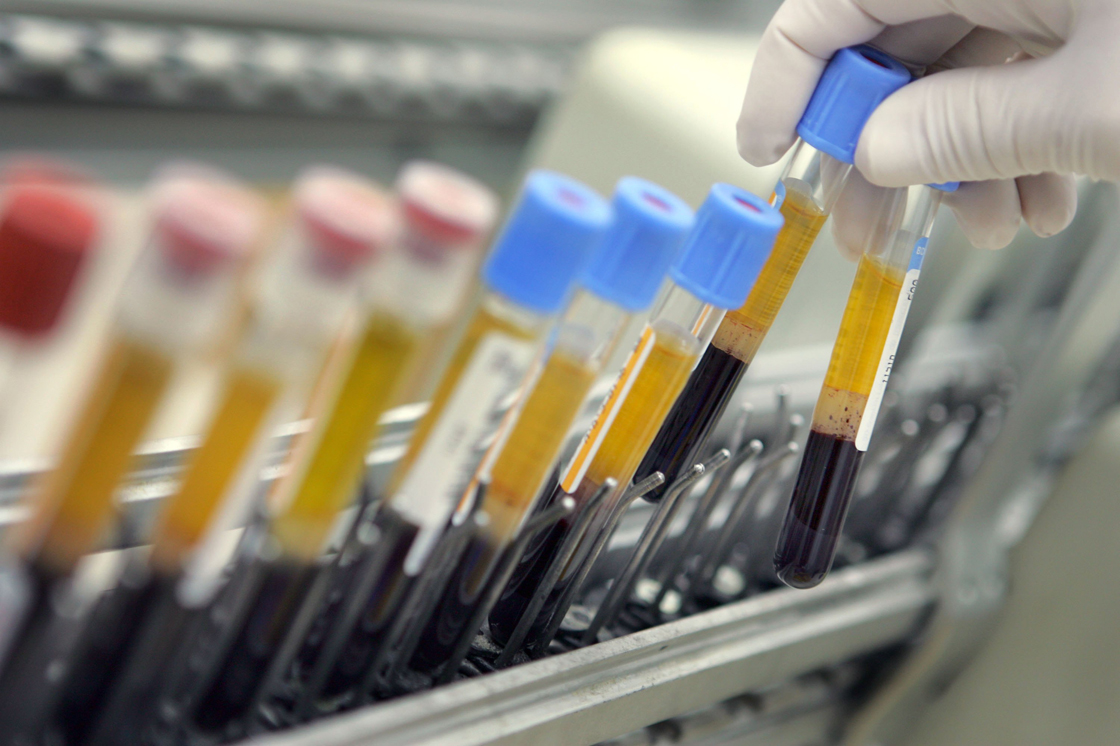TORONTO – One of five vials containing a deadly Venezuelan virus has gone missing from a University of Texas medical lab, the school said in a statement Monday.

The school’s president issued a “global message” to university staff about the “unaccounted for” material.
The vial, containing less than a quarter of a teaspoon of the virus, couldn’t be found during a routine inspection last week. It was stored in a locked biohazard freezer within a secure facility meant to handle these dangerous materials, school president Dr. David Callender said.
The Centers for Disease Control and Prevention says the virus akin to ebola. It can lead to bleeding under the skin, in internal organs or from body orifices like the mouth, eyes or ears, reports warned.
But don’t panic because Guanarito virus isn’t known to be transmitted from person-to-person, the school statement says. It’s only contracted from rodents in a rare part of Venezuela.
“It is native only to Venezuela and can cause hemorrhagic fever. In the limited area of Venezuela where the virus is found, it is transmitted only by rodents native to the area and is not believed to be capable of surviving naturally in rodents in the United States,” the statement said.
Read more: Canadian researchers develop disease outbreak surveillance
Guanarito is an emerging disease that has led to deadly outbreaks in the South American country, Scott Weaver, the lab’s scientific director, told the Houston Chronicle.
Weaver said it’s likely the vial stuck to a technician’s glove and fallen onto the floor, he told the newspaper. The university says it believes the vial was destroyed during normal lab sterilization.
“The only way it could pose a risk is if it were stolen and that’s unlikely,” Weaver said. The statement notes that there was no security breach or suspicion of foul play in the incident.
“We don’t think anything that happened this past week endangers the community,” he said.
The vial was stored in a Biosafety Level 4 laboratory, the Huffington Post reported.
That level of security is saved for “dangerous and exotic agents that pose a high individual risk of aerosol-transmitted laboratory infections,” the Center for Disease Control says.
The Galveston National Laboratory opened in 2009. Its focus is primarily on studying infectious diseases that could be used by terrorists, according to its website.
carmen.chai@globalnews.ca
Follow @Carmen_Chai




Comments